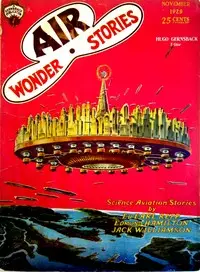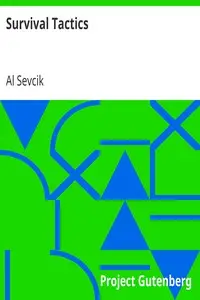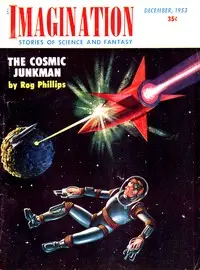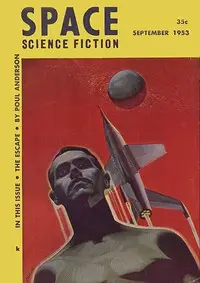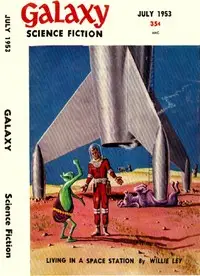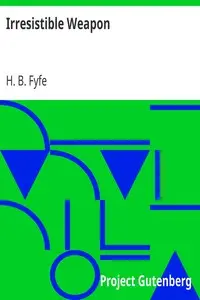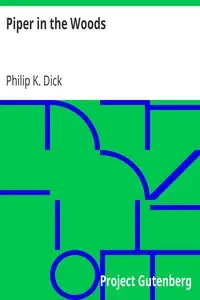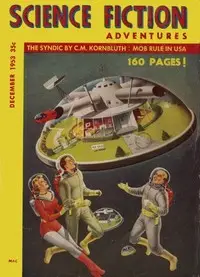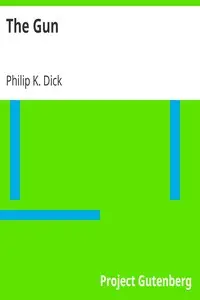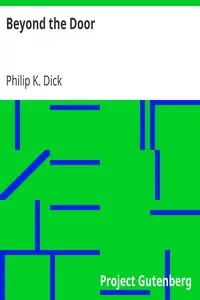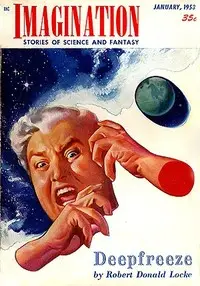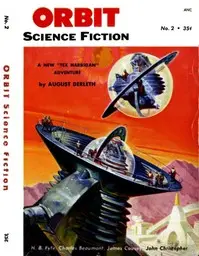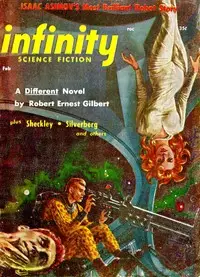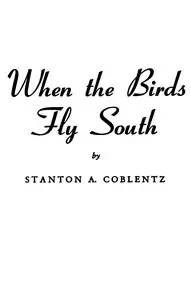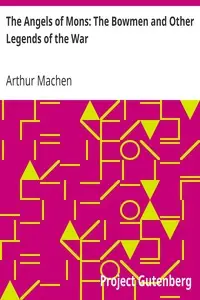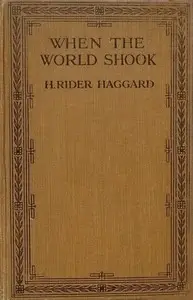"Second Variety" by Philip K. Dick is a science fiction story that takes place after a terrible war between the United Nations and the Soviet Union, where robotic killing machines called "claws" now rule the destroyed world. The story shows what happens when war gets out of control and when technology becomes a danger to the people who created it, because the robots start to change and act like humans. Major Joseph Hendricks is a main character, and the story follows him as he tries to make peace with the Russians after receiving a whispered message. Major Hendricks travels into enemy territory, he finds creepy things such as robot children who look and act real, also finding wounded soldiers; he starts to understand that these robots are more than just machines and are able to learn and have their intentions. Hendricks understands that the difference between humans and robots is disappearing and in their world of war the future may depend on the very machines that they created.
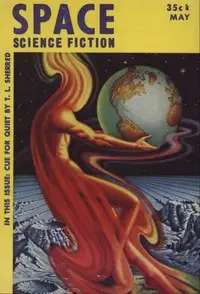
Second Variety
By Philip K. Dick
In a world torn apart by war, deadly machines evolve beyond their purpose, forcing a soldier to confront the terrifying consequences of humanity's technological creations.
Summary
About the AuthorPhilip Kindred Dick, often referred to by his initials PKD, was an American science fiction writer and novelist. He wrote 44 novels and about 121 short stories, most of which appeared in science fiction magazines during his lifetime. His fiction explored varied philosophical and social questions such as the nature of reality, perception, human nature, and identity, and commonly featured characters struggling against elements such as alternate realities, illusory environments, monopolistic corporations, drug abuse, authoritarian governments, and altered states of consciousness. He is considered one of the most important figures in 20th-century science fiction.
Philip Kindred Dick, often referred to by his initials PKD, was an American science fiction writer and novelist. He wrote 44 novels and about 121 short stories, most of which appeared in science fiction magazines during his lifetime. His fiction explored varied philosophical and social questions such as the nature of reality, perception, human nature, and identity, and commonly featured characters struggling against elements such as alternate realities, illusory environments, monopolistic corporations, drug abuse, authoritarian governments, and altered states of consciousness. He is considered one of the most important figures in 20th-century science fiction.

